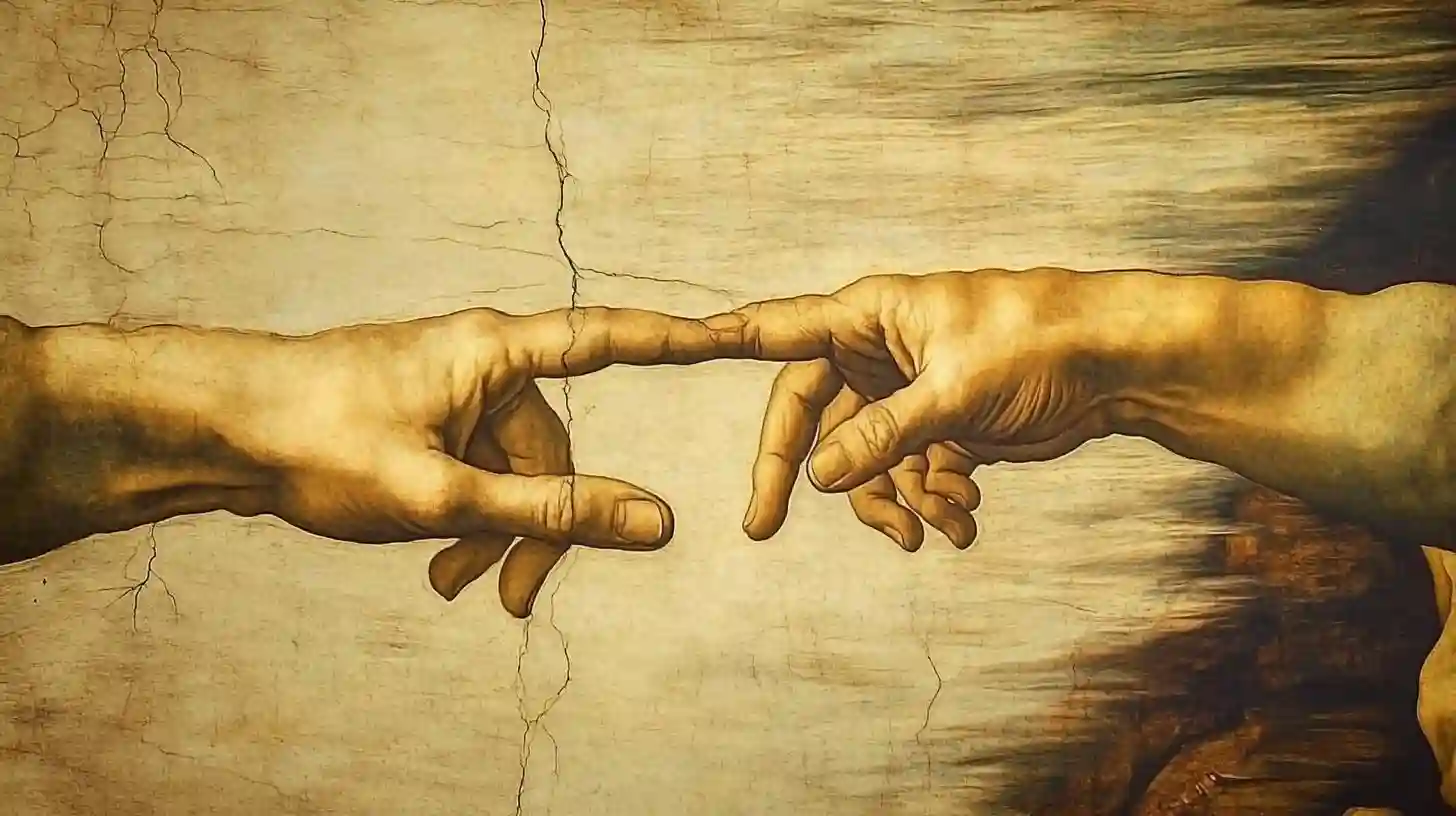
Throughout art history, certain paintings have stood out not only for their artistic mastery but also for their profound impact on culture, society, and the evolution of artistic expression. These masterpieces have transcended time and geography, becoming symbols of their respective eras while continuing to inspire generations of artists and art enthusiasts alike.
One of the most iconic works is the Mona Lisa, painted by Leonardo da Vinci in the early sixteenth century. This enigmatic portrait of a woman with an elusive smile has captivated audiences for centuries. Its innovative use of sfumato, blending colors and tones seamlessly, alongside the subject's engaging gaze, invites viewers into a dialogue that seems personal yet universal. The Mona Lisa has not only become a benchmark for portrait painting but also a cultural icon in itself, symbolizing beauty, intrigue, and the complexities of human expression.
Another monumental piece is the Last Supper, also by Leonardo da Vinci, which depicts the final meal shared by Jesus and his disciples before his crucifixion. This mural, created in the late fifteenth century, is celebrated for its dramatic composition, vivid storytelling, and profound emotional depth. Da Vinci's ability to convey the tension and the diverse reactions of the apostles as they learn of Judas's betrayal is masterful. The use of perspective in the painting draws the viewer's eye to Jesus at the center, enhancing the spiritual gravity of the moment.
Transitioning to the Dutch Golden Age, we encounter Vermeer’s Girl with a Pearl Earring. Often referred to as the "Mona Lisa of the North," this portrait features a young girl adorned with an exotic turban and an oversized pearl earring. Vermeer’s delicate handling of light and color creates a lifelike quality that seems to breathe life into the subject. The intimacy and mystery of the painting, with the girl’s gaze inviting viewers into her world, have led to endless interpretations and discussions about her identity and the nature of beauty itself.
The Starry Night, created by Vincent van Gogh in the late nineteenth century, embodies the emotional turmoil and vibrant imagination of the artist. This post-impressionist work, characterized by swirling skies and expressive brushstrokes, represents Van Gogh's emotional state while he was in an asylum in Saint-Rémy-de-Provence. The vivid blues and yellows convey a sense of movement and turbulence, reflecting the artist’s inner struggles. The Starry Night has become emblematic of Van Gogh's unique vision and the power of art to express deep emotion.
Shifting to the twentieth century, Pablo Picasso's Guernica stands as a powerful political statement against war and violence. Painted in response to the bombing of the Basque town of Guernica during the Spanish Civil War, this monumental canvas captures the chaos and suffering of war through distorted figures and a monochromatic palette. Picasso’s use of Cubism breaks traditional representations and conveys the horrors of conflict, making Guernica a pivotal piece in both art and political discourse.
Moving forward in time, we encounter Frida Kahlo’s The Two Fridas, a double self-portrait that symbolizes duality and the complexities of identity. Painted in the 1930s, it reflects Kahlo's struggles with her heritage, personal relationships, and health issues. The painting juxtaposes two versions of the artist, one in traditional Tehuana dress and the other in a European-style gown. This work highlights the tension between cultural identity and personal pain, inviting viewers to explore themes of duality in their own lives.
Next, Wassily Kandinsky’s Composition VII represents a radical departure from representational art. Created in 1913, this piece is a vibrant explosion of color and form, embodying the artist’s belief in the spiritual dimensions of art. Through the use of abstract shapes and dynamic lines, Kandinsky captures an emotional experience rather than a literal representation of reality. This work is considered a significant milestone in the development of abstract expressionism, influencing countless artists who followed in his wake.
Another pivotal work is The Persistence of Memory by Salvador Dalí, painted in 1931. This Surrealist masterpiece challenges conventional perceptions of time and reality through its melting clocks draped over dreamlike landscapes. Dalí’s use of hyper-realistic details juxtaposed with bizarre imagery encourages viewers to question their understanding of time and consciousness. The painting has become a symbol of the surrealist movement and is widely recognized for its innovative approach to art and perception.
Finally, The Birth of Venus by Sandro Botticelli represents the beauty of the Renaissance. Created in the mid-fifteenth century, this mythological painting depicts the goddess Venus emerging from the sea on a shell, surrounded by figures representing the winds and love. Botticelli employs flowing lines and soft colors to create a sense of grace and ethereality. The painting reflects the humanistic values of the Renaissance, celebrating beauty, mythology, and the revival of classical ideals.
These remarkable paintings not only showcase the incredible skill and creativity of their creators but also reflect the changing tides of human thought and culture over centuries. Each work serves as a testament to the evolving nature of art and its power to convey human experience, making them enduring symbols in the rich tapestry of art history.